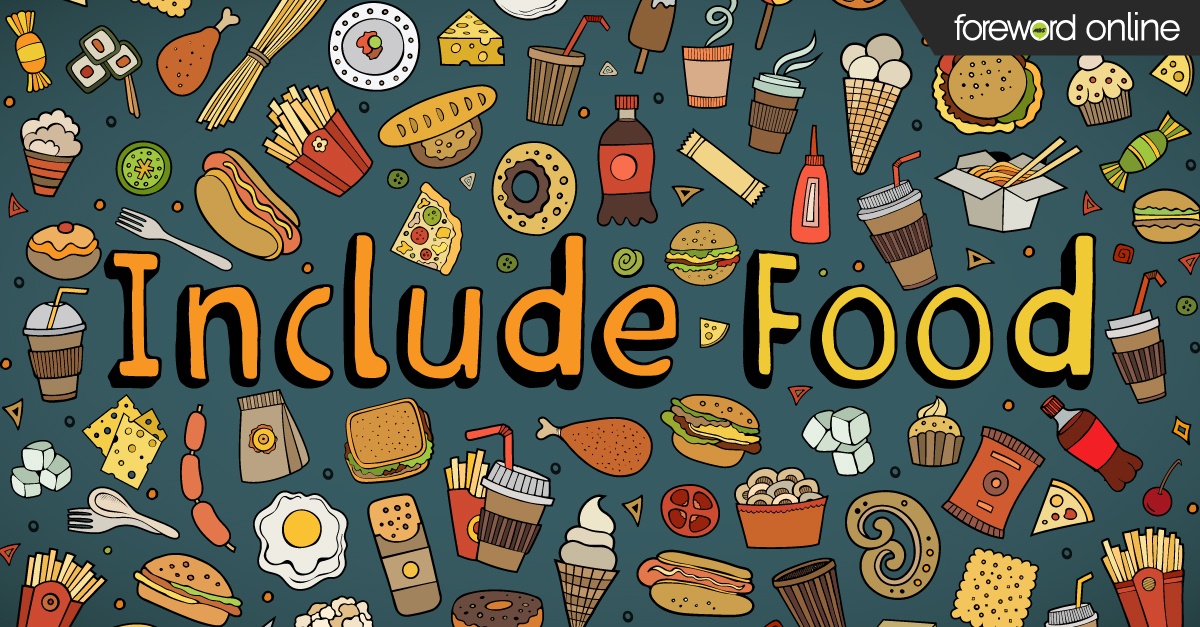Salty, sweet or protein-rich: food is guaranteed to drive students into your store morning, noon and night.

Nearly 70% of surveyed students snack two or three times a day, according to a Barnes & Noble College study, Snack Attack: The Latest on Snacking Habits and Preferences of US College Students. Almost 60% of the 1,000 students surveyed nationwide said they regularly indulge in a snack at home or in the dorm, and 52% said they grab something to munch on-the-go.
Give students an easily-accessed source for delectable edibles and you’ll quickly become part of their daily routine.
Stock nutritious, easy clean-up foods
Students may reach for empty calories — chips, chocolate, etc. — on impulse, but, when they’re planning ahead, they go for stronger sources of energy. And that’s not just something they hope to do. That’s something they actually do: 73% said they consider nutrition when purchasing a snack and 63% actually buy one nutritious treat a week, according to the Barnes & Noble College study. Meanwhile, only 26% said they contemplate candy when making a purchase, with the same number buying it at least once weekly.
Fresh fruit topped the list of nutritious options, with 79% saying they would reach for something like an apple, orange or banana when in need. The second-place healthy choice? Protein and granola bars. Vegetables fared poorly, with only 44% indicating they would choose foods like carrots or celery for a quick energy boost.
When it comes on-the-go choices, 71% of students said they consider easy clean-up and easy eating highly important. Nearly three quarters also said price is a major determining factor. That may be one reason why budget-friendly Nature Valley™ granola bars ranked higher in preference than Special K™ and Clif™ Bars.
Students’ health-focus isn’t surprising: past generations wrestled with drugs, alcohol and teen pregnancy, but the biggest problems facing Generation Z are nutrition, diet and exercise. One-third of American children are overweight, according to the Centers for Disease Control. Some 47% may become obese by adulthood.
Awareness about the obesity epidemic has grown exponentially during Generation Z’s lifetime, and that’s curbed appetites for college classics like late-night pizza binges and cookie-dough ice cream.
How do students define healthy? Almost half said natural ingredients and protein are the qualities they look for in nutritious snacks, while 40% said they look for low-cal treats and 39% said they consider low-fat important. The least important nutrition factor? Gluten free.
Other trends among young people: ethnic and specific. Students don’t just crave orange-flavored snacks, for instance. They crave blood orange flavored treats, according to Lisa Shapiro, Barnes & Noble College’s café and convenience director. Meanwhile, the ever-increasing diversity among young people brings an increased interest in ethnic foods and flavors.
But don’t forget the chips and chocolate
Students may not plan on devouring chocolates, muffins or chips, but when they’re busy, stressed or buying on impulse they still go for comfort foods.
Keep chocolate bars next to the cash register (Reese’s Peanut Butter Cups™ are ranked highest). A campus bookstore countertop display at checkout boosts product sales three to eight times, according to Barnes & Noble. Premium candies fly off the shelf fastest.
When students have a taste for something salty, they prefer tradition. Over 50% said they dive into a bag of potato chips when they want a salty treat while 45% choose pretzels and 40% pick up a bag of nuts. 55% prefer traditional potato chips, while only 30% seek out organics and 29% like tortilla chips. Lays™ was the most popular brand.
If you’re introducing a new snack or delving into food sales for the first time, it’s worth noting that 94% of students indicated interest in free snack samples at a campus bookstore.
Nothing arouses the student appetite like a freebie.




